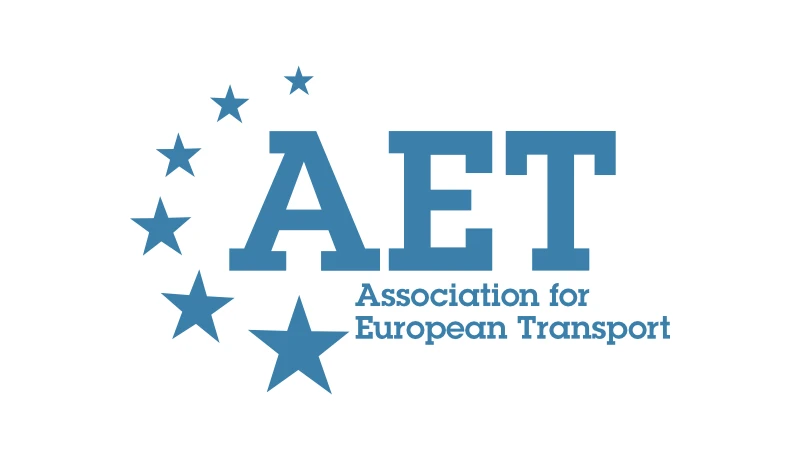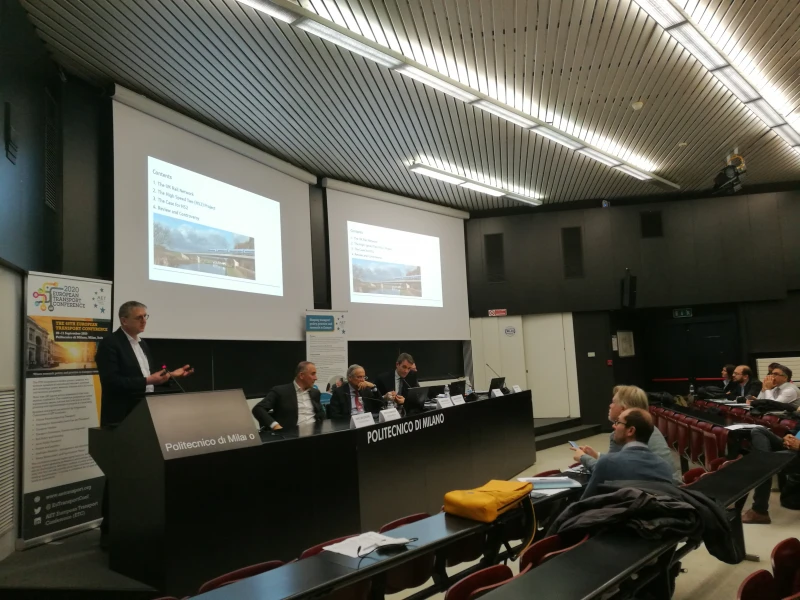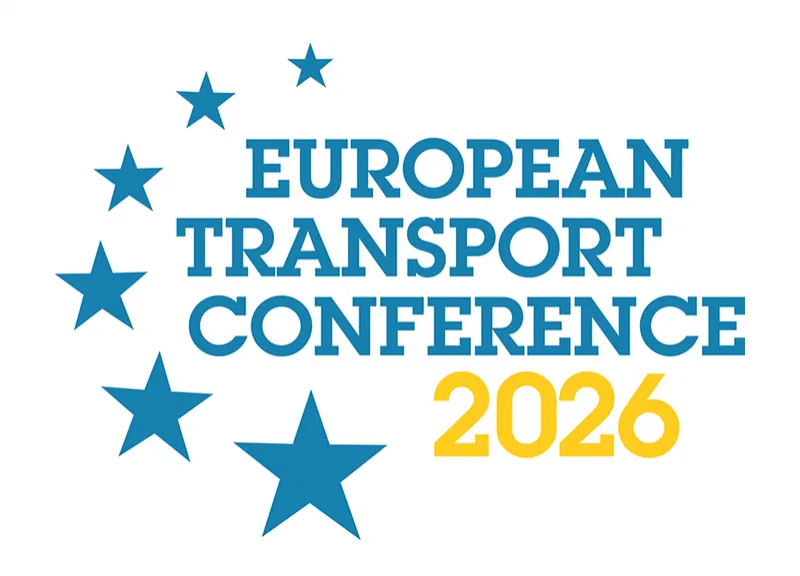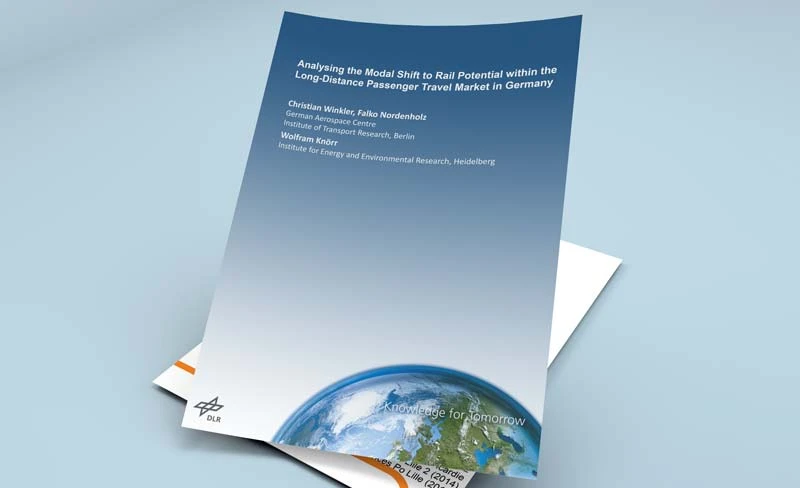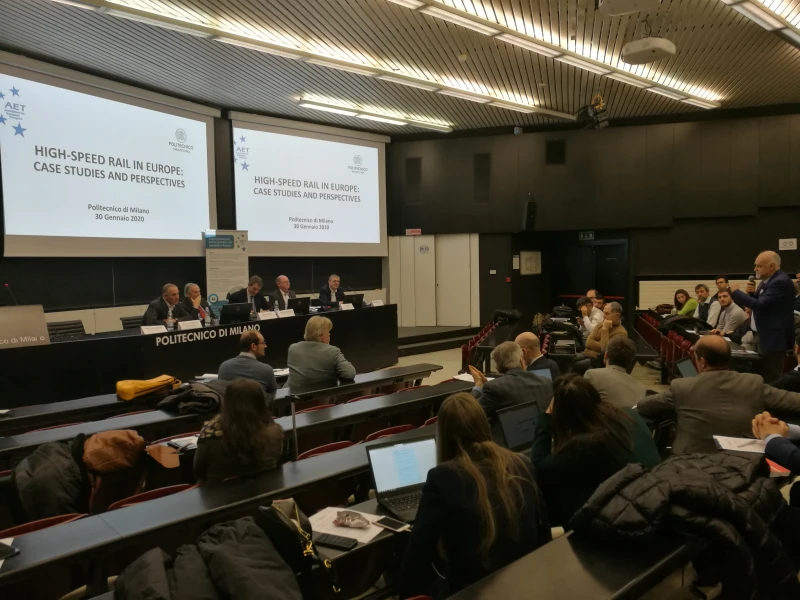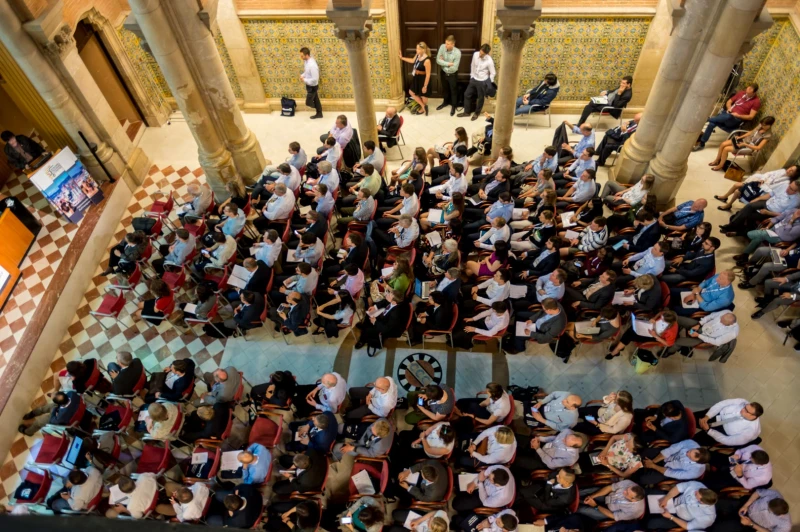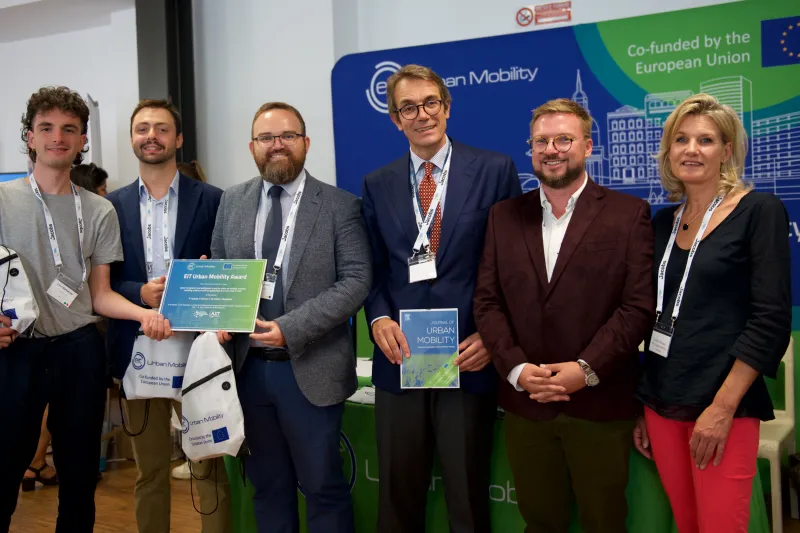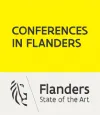Winners of the EIT Urban Mobility Award for their paper:
Users’ acceptance and willingness to pay for urban air mobility services: modelling evidences with an application to a case study in Italy
The latest technological innovations (in battery cell costs and increase of cell energy density) are allowing the development of new electric Vertical Take-Off and Landing (eVTOL) aircrafts that would enable the supply of Urban Air Mobility (UAM) services for travellers.
The first eVTOL prototypes have been already presented to the public (e.g. in Singapore and Rome), and the first operations are expected in 2-3 years (e.g. for the Paris2024 and Milan-Cortina 2026 Olympic Games). The studies in the literature show that the main challenges for a wide spread of UAM services are related to perceived levels of travel safety and noise pollution, and to willingness to pay for an urban transport mode that it is expected to be faster than traditional ones, but also more expensive.
In this paper we present a system of models to analyse travellers’ preferences and attitudes toward air-taxi services and to forecast traffic flows in metropolitan areas. The core of the modelling framework relies on advanced discrete choice models estimated through data collected with an on-site RP/SP survey.
The survey has allowed to collect about 4,000 Computer-Assisted Personal Interviews (CAPI) administered in the main
transport hubs of the metropolitan area of Milan (Italy). Respondents were asked to express their modal preferences with respect to 6 choice situations identified using efficient design techniques. Estimated ordered and mixed Logit models were shown to be statistically robust and able to profile travellers in detailed demand segments, highlighting the determinants of heterogeneity across individuals.
The results confirm previous findings in the literature in that the willingness to pay for travel time savings using UAM services are far higher than those by cars and chauffer taxis. Moreover, there are socio-economic characteristics (e.g. age, gender, income, etc.) and also individual latent attitudes (e.g. aversion to flight, vocation for technology, etc.) that have significant impacts on mode choices.
The application to the case study allows to forecast UAM passengers flows to/from the airports of Milan-Malpensa (MXP) and Milan-Linate (LIN), and business and leisure travel flows between the origin-destination (OD) pairs in the metropolitan area of Milan.
Finally, direct and cross demand elasticities have been proved to be sensitive to UAM tariff structure (e.g. linear and not linear with travelled distance) outlining non-linear effects on travellers’ choices.
Main photo: Winners of the EIT Urban Mobility Award: P Coppola, F De Fabiis, L Barbierato, Politecnico di Milano; F Silvestri, University of Rome Tor Vergata, IT.

